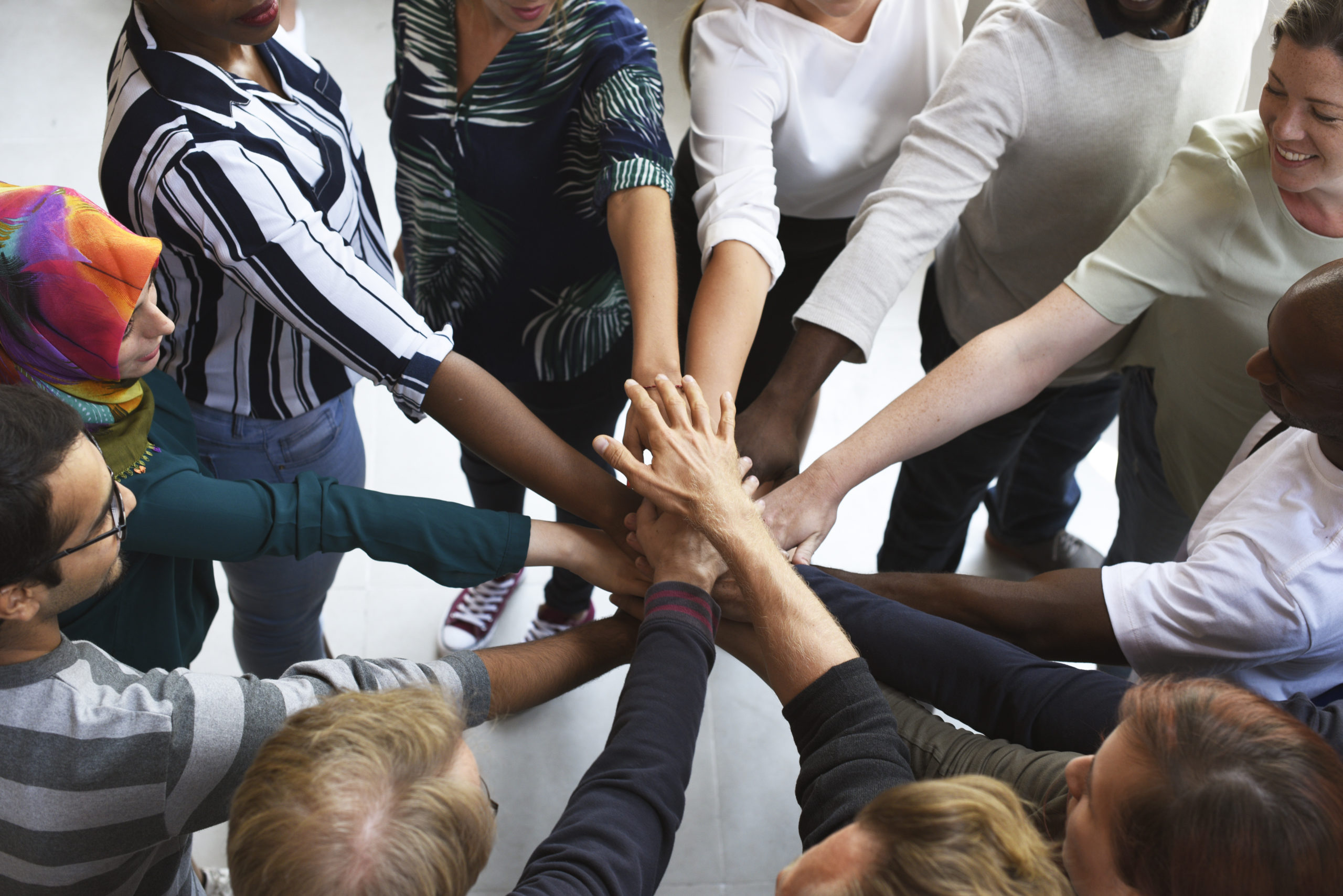We claim diversity in the workplace is important to us as employers, but do we practice what we preach? In 2014, a Deloitte report looked at key HR trends and identified diversity/inclusion as one of the consistently least important issues on leaders’ minds when compared to other HR matters. Similarly, a SHRM report confirmed that among the Fortune 1000, one-fifth of respondents said their organizations have informal diversity efforts with no structure.
Encourage and Celebrate Workplace Diversity with These Four Tips:
Diversity has a lot to offer your organization. People with diverse experiences think differently than one another. It brings a wide range of ideas to the table, helping to tackle problems creatively and drive innovation. However, diversity also brings in different values and beliefs. It is important to both recognize and respect these differences within your organization.
Training:
Do your employees know the importance of diversity in the workplace? Offer programming to educate employees on their cultural awareness, knowledge and communication. Share messages that promote inclusion and better teamwork. The main goal of a diversity training program is to create a positive work environment by helping employees recognize and be tolerant of difference among co-workers.
Emphasis:
Establish a hiring plan that encourages the recruitment of diverse individuals. Build diversity into your company culture, and make an effort to learn and show interest in the backgrounds of your employees. In your new employee orientation, reiterate the importance of diversity and tolerance.
Policies:
Update your policies to reflect your beliefs on improving diversity and cultural acceptance in your workplace. Be aware of any language in your written documents that could come across as offensive or discriminatory to people of diverse backgrounds. Reach out to your current workforce for input regarding their current views on diversity in your company, and establish goals to improve upon it.
Celebrations:
Create a diversity council to organize activities and events related to diversity. Throw celebrations to recognize and enjoy different backgrounds that are present in your staff. Acknowledge a variety of cultural holidays, and be conscientious of days when employees may be fasting.
Driving a successful diversity strategy begins with senior leadership. Nevertheless, to be fully sustainable, everyone in the organization must live it out. These four tips will lead you on a path to an organization that embraces and celebrates diversity.

